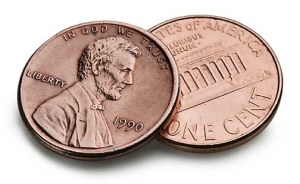 The mainstream media is starting to cover the copper in brake pad issue more since some states are moving ahead with legislation. Many of these stories address to fish issue, but all of them fail to ask why copper is in brake pads in the first place.
The mainstream media is starting to cover the copper in brake pad issue more since some states are moving ahead with legislation. Many of these stories address to fish issue, but all of them fail to ask why copper is in brake pads in the first place.
It is like 1971 all over again and the fight against asbestos. People wanted asbestos out, but they did not have a viable alternative (technically and economically). History is about to repeat itself in my opinion with copper.
Copper is one of the best abrasives in brake friction history. Herbert Froode used copper and asbestos cloth to make the first brake linings. In fact, the first disc brakes made by Fredrick Lanchester in 1901 were made of copper. Copper is friendly to rotors and is not as toxic as other nearby metals on the periodic table.
I am not saying copper is not bad, it is just the powers that be have to remember the mistakes they made with asbestos.
Here is a great article from AftermarketNews.com
Brake Manufacturers Point Out They Are Part of the Solution to Reducing Copper in U.S. Watersheds
By Amy Antenora
RESEARCH TRIANGLE PARK, N.C. – The Brake Manufacturers Council (BMC) of the Automotive Aftermarket Suppliers Association (AASA) recently issued a statement in response to recent media reports and PR regarding the negative impact of the use of copper in brake friction products as it affects U.S. waterways.
Copper was introduced into brake friction products when the health risks associated with asbestos were discovered. Copper strands were selected for their effective and safe heat transference properties. In the early 1990s however, copper levels in watersheds showed an increase. In the mid-1990s, the AASA BMC said it commissioned watershed studies in California. The studies were conducted in cooperation with scientists and environmental groups.